As millions of Americans continue to grapple with credit card debt, the need for legitimate relief options has never been more urgent. Unfortunately, this reality has also provided fertile ground for scammers to exploit those in financial distress. Heading into 2025, new and evolving schemes are targeting consumers who are desperately seeking solutions, with sophisticated tactics designed to appear credible and trustworthy. Recognizing the hallmarks of these scams is crucial, both to protect your finances and your personal security.
Comparison: Legitimate Debt Relief vs. Common Scam Tactics
| Feature | Legitimate Debt Relief Provider | Scam Operation |
|---|---|---|
| Upfront Fees | Never charges high upfront or hidden fees | Demands payment before providing services |
| Transparency | Provides clear, written information | Uses vague promises or hides terms |
| Licensing & Registration | Registered with state/federal agencies | Often unlicensed, refuses to verify credentials |
| Performance Guarantees | Does not guarantee outcome | Promises to erase debt or boost credit score |
| Pressure Tactics | No high-pressure sales techniques | Pushes quick decisions, threatens consequences |
| Contact Methods | Emails, phone, official websites only | Spam calls, social media DMs, suspicious emails |
How Debt Relief Scams Evolve
Debt relief scams are constantly changing to avoid detection by regulators and law enforcement. New trends in 2025 show scammers taking advantage of technological advancements—for example, using AI-generated documentation, spoofed government agency logos, and even “deepfake” customer testimonials to lure victims. Social media platforms and messaging apps are now frequently used to reach potential targets, making it harder to distinguish real companies from imposters.
Many scams begin with a cold call, unsolicited email, or Instagram message, claiming urgent action is required to “settle” or “wipe out” your credit card balances. These communications often appear legitimate, using official-sounding language and convincing graphics. Some pose as government programs or non-profit credit counseling agencies, promising access to secret or limited-time relief opportunities—if you act fast and pay an upfront fee.
Warning Signs to Watch Out For
Companies that promise instant debt erasure or government-approved solutions are almost always a scam. Other dangerous signals include being asked for sensitive personal or financial information up front, such as your Social Security number or bank account details, or being pressured to sign documents you don’t fully understand. Scammers typically discourage you from contacting your credit card company directly and often instruct you to stop all payments while they “negotiate,” leaving you deeper in debt and with worsened credit.
Red flags also include high-pressure tactics (“Act now or lose this opportunity!”), demands for payment by wire transfer or gift cards, and resistance to providing documents that explain your rights. Actual debt relief providers are required by law to ensure you understand your options—and will never ask you to pay for services you haven’t received.
Misleading “Debt Settlement” Companies
Some scam operations masquerade as debt settlement firms, advertising aggressive negotiation with your creditors to significantly lower your outstanding balances. While real debt settlement is a regulated service, fraudulent outfits typically charge excessive upfront fees, never deliver meaningful results, and abandon consumers once payment is collected. Even if a company does negotiate a reduced settlement, the process can severely damage your credit and expose you to lawsuits from unpaid creditors. Be cautious, and always verify credentials before signing contracts.
Fake Government or Non-Profit Programs
Another common 2025 scam involves scammers claiming to represent government agencies or non-profit debt help organizations. They may use lookalike names or websites and falsely claim to be affiliated with federally backed debt relief initiatives. Remember: no legitimate government program will contact you unsolicited or ask for payment as a condition for “enrollment.” Always double-check credentials through official government resources and never give out personal information based solely on a phone call or email.
How to Protect Yourself
If you’re struggling with credit card debt and seeking relief, the safest approach is to work directly with your card issuer or a reputable nonprofit credit counseling agency. Always insist on written information about any program, including all fees and your rights. Check the company’s status with your state attorney general’s office and consumer protection agencies, and read reviews from multiple independent sources.
Safeguard your personal and financial details by never providing information to anyone who contacts you unexpectedly or uses suspicious communication channels. Be wary of urgent appeals and unsolicited offers, and avoid making payments with untraceable methods.
What to Do If You Suspect a Scam
If you believe you’ve been targeted or have fallen victim to a debt relief scam, act quickly. Contact your credit card company to explain the situation and seek assistance. File a complaint with the Consumer Financial Protection Bureau (CFPB) and your state attorney general’s office. Place fraud alerts on your credit reports, and monitor your accounts closely for unauthorized activity.
Conclusion
Credit card debt can be overwhelming, but falling for a debt relief scam will only make your situation worse. In 2025, scammers are more sophisticated than ever, preying on vulnerable consumers with promises of quick fixes. By recognizing the warning signs, doing thorough research, and relying only on trusted organizations, you can protect yourself and your finances—and find a reliable path toward real debt relief.



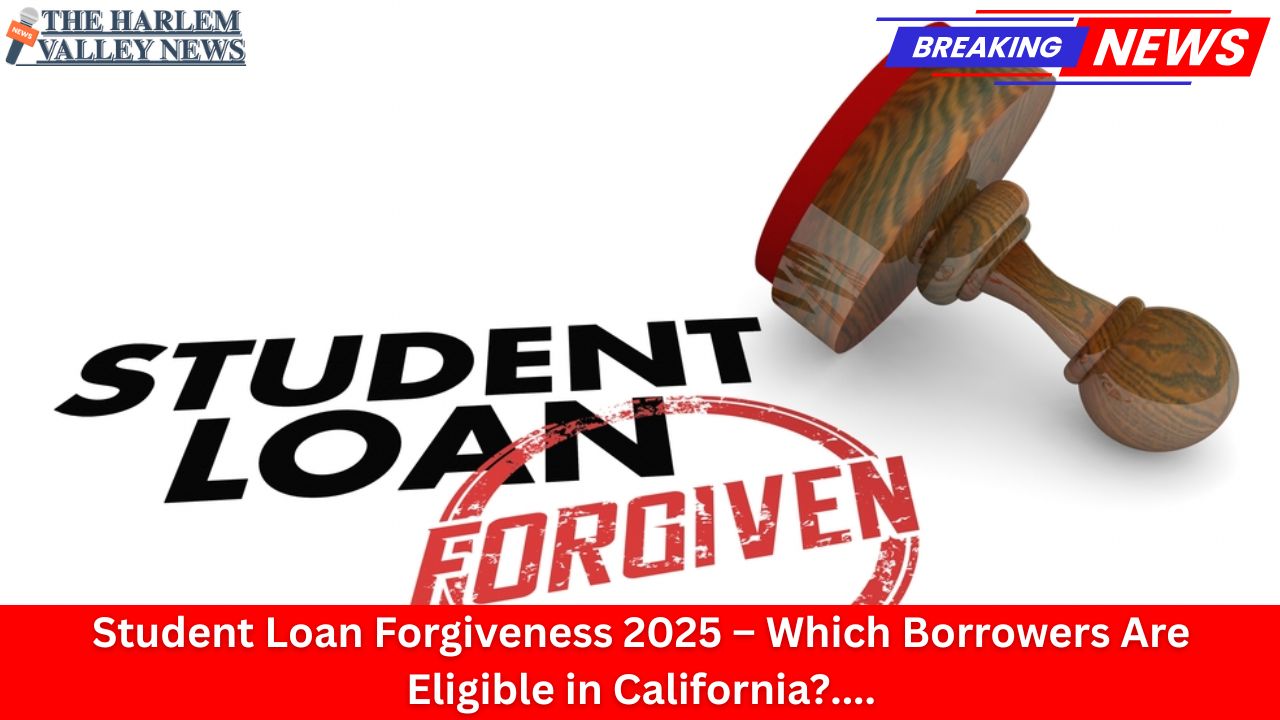



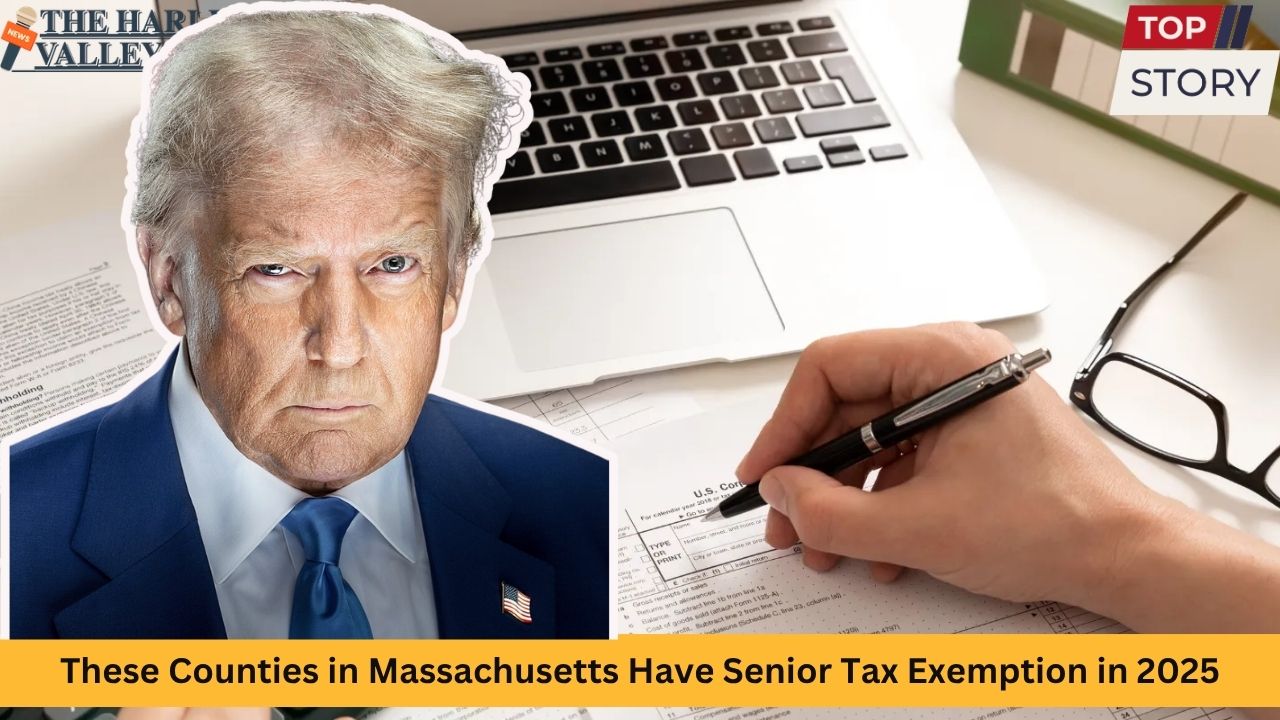

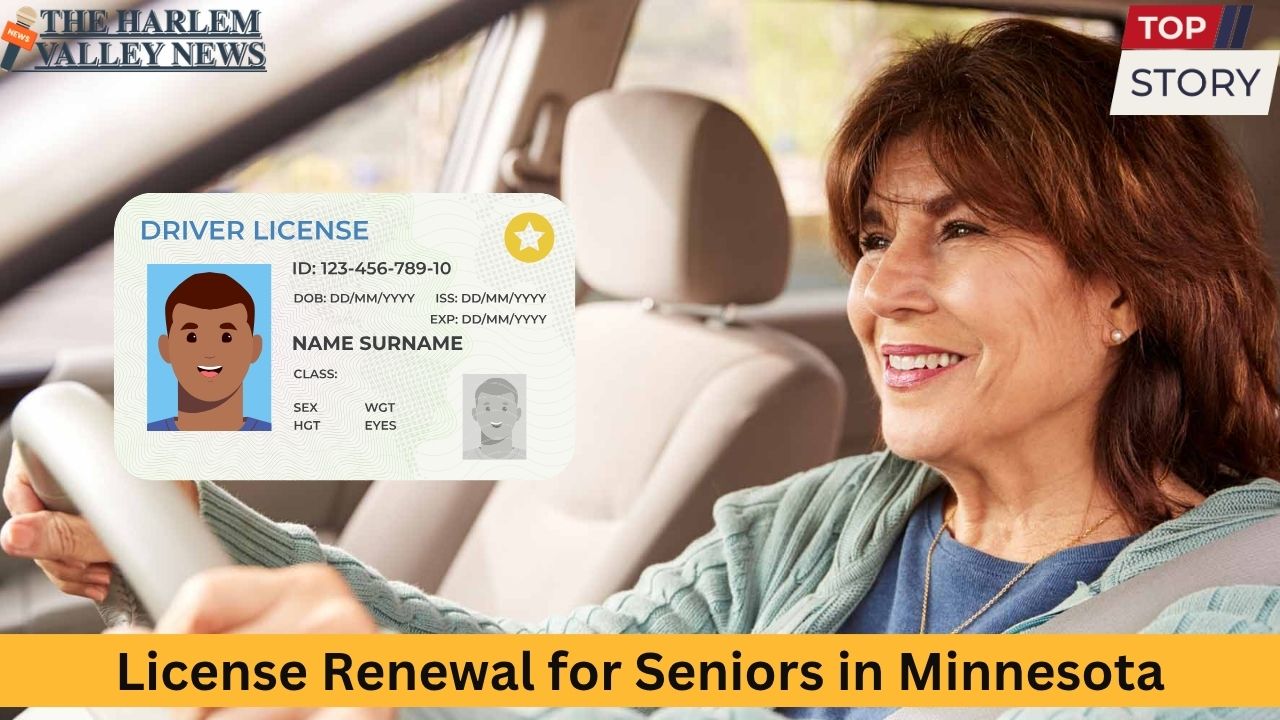
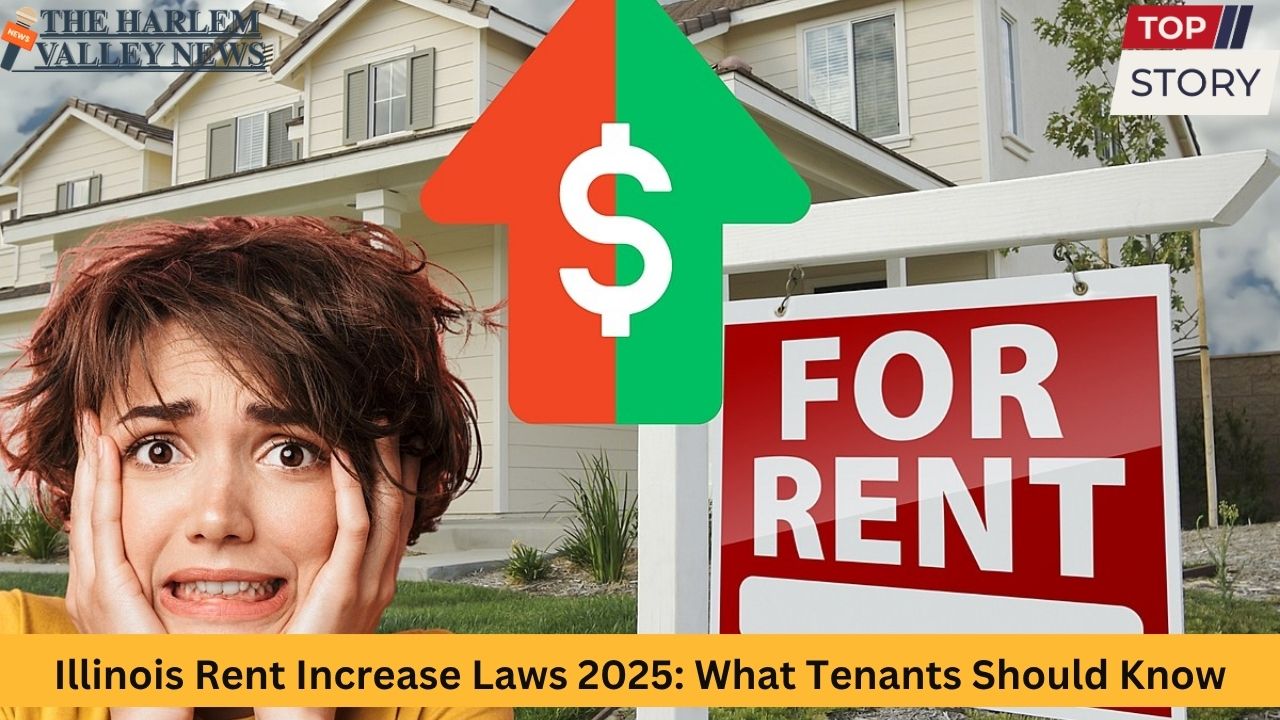

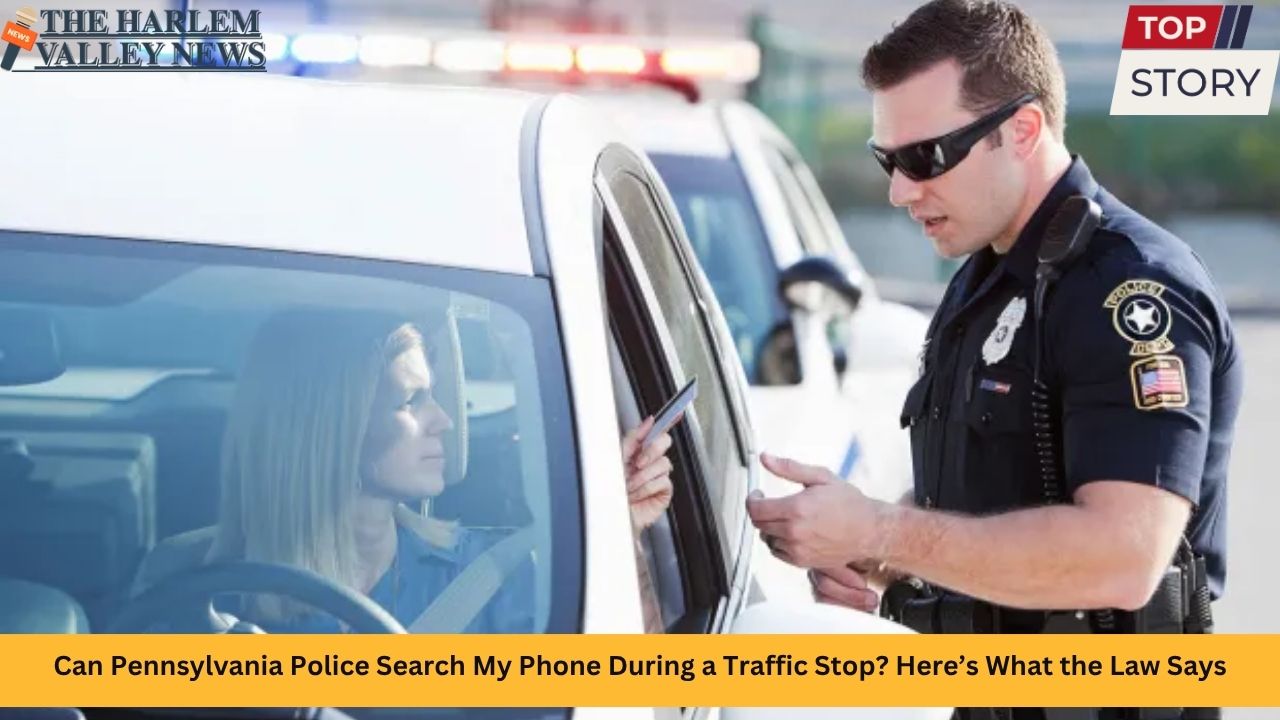

Leave a Reply